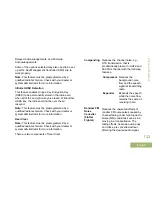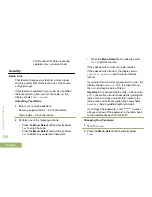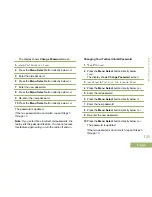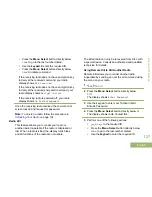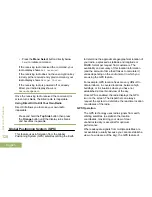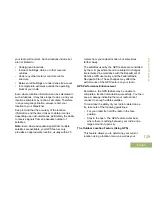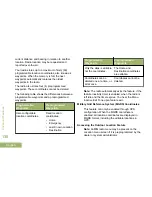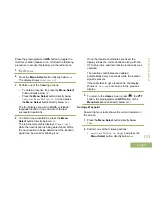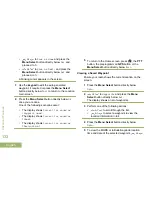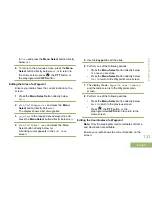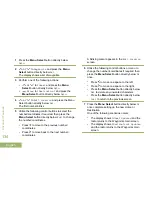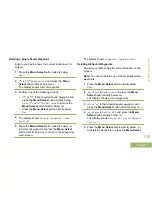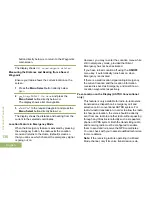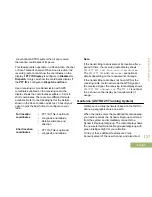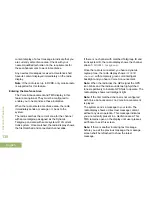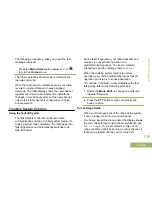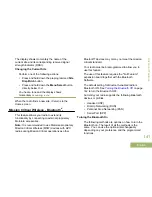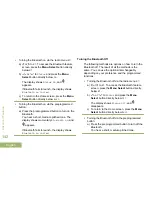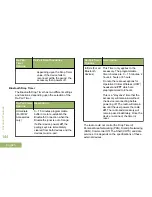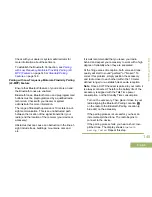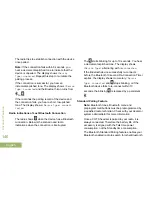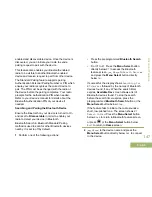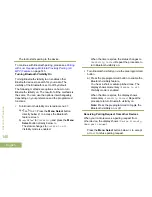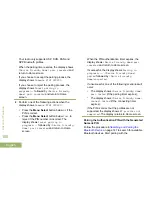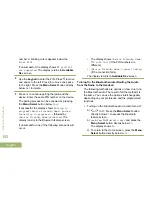
conventional ASTRO system then it can receive
the
location coordinates of its peers.
This feature is also operable in a Scan Active channel
or Scan Talkback channel.
When Scan is active, the
receiving radio cannot show the coordinates on the
display if
PTT ID Display
is configure to
Disabled
or
Dispatch
. It only can show the coordinates display if
the
PTT ID
is configure to
Dispatch and Scan
.
Upon receiving a voice transmission with GPS
coordinates enabled on the receiving radio, the
display shows the coordinates available in full or in
short coordinates. There are two different formats
available. Refer to the following list for the details
shown in the Peer-Location quick text. Consult your
agent to pick the best format to configure to your
radio.
Full location
coordinates
• PTT ID (This is optional.)
• Longitude and latitude
• Relative distance
and
direction.
Short location
coordinates
• PTT ID (This is optional.)
• Longitude and latitude
Note:
If the transmitting radio is stale at its location after a
period of time, the receiving radio display shows
ID:<PTT ID> Last Knwn Loc: <Coordinates>
.
The
ID:<PTT ID>
and
<distance>
are optional
details depending on the requirements of usage.
If the transmitting radio does not have GPS or the
receiving radio could not decode the GPS signal of
the received signal, the receiving radio display shows
ID:<PTT ID> Unknown Loc
. The
PTT ID
is optional
to be shown on the display per requirements of
usage.
Geofence (ASTRO 25 Trunking System)
Geofence is a virtual perimeter based on the GPS to
define a geographical area on earth.
When the radio enters the predefined Geofence area,
your radio receives the Dynamic Regroup command
from the system and immediately connects to a
Dynamic Regroup talkgroup. The radio display shows
the new selected Dynamic Regrouped talkgroup with
green intelligent light for your attention.
On top of that, additional features are Voice
Announcement of the new channel, and also direct
Advanced Features
137
English

